The 4 main types of cinnamon are Cassia, Ceylon, Indonesian, and Saigon. Each variety has distinct flavor profiles, coumarin levels, and best uses. Ceylon cinnamon is the safest for daily consumption due to negligible coumarin, while Cassia and Saigon offer bolder flavors but contain high coumarin levels that require limited use. Understanding these differences helps you choose the right cinnamon for health, flavor, and culinary applications.
Table of Contents
- What Is Cinnamon and Its Main Types?
- Detailed Comparison of the 4 Cinnamon Varieties
- Cassia Cinnamon – When to Use This Common Variety
- Ceylon Cinnamon – The Healthiest Daily Option
- Indonesian Cinnamon – Commercial Kitchen Favorite
- Saigon Cinnamon – Maximum Flavor Impact
- Quick-Reference Comparison Table
- Environmental Considerations by Type
- Expert Usage Tips for Perfect Results
- How to Buy and Store Each Type Properly
- Which Cinnamon Should You Choose?
- Frequently Asked Questions Answered
What Is Cinnamon and Its Main Types?
Cinnamon comes from the inner bark of Cinnamomum trees, forming characteristic quills when dried. While many think "cinnamon" is a single spice, four distinct varieties dominate global markets with significant differences in flavor, safety, and application. Knowing which type you're using affects both culinary results and health considerations, particularly regarding coumarin content.
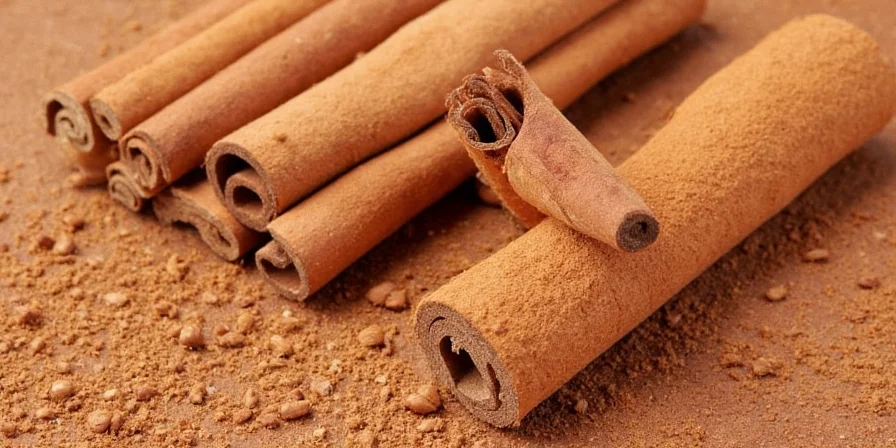
Detailed Comparison of the 4 Cinnamon Varieties
Understanding these key differences helps you select the right cinnamon for your needs:
- Cassia Cinnamon (Cinnamomum cassia) - Most common in supermarkets
- Ceylon Cinnamon (Cinnamomum verum) - "True" cinnamon with health advantages
- Indonesian Cinnamon (Cinnamomum burmannii) - Commercial production standard
- Saigon Cinnamon (Cinnamomum loureiroi) - Intense flavor specialist
Cassia Cinnamon – When to Use This Common Variety
Found in nearly all grocery stores labeled simply as "cinnamon," Cassia comes primarily from China and offers robust flavor at an affordable price.
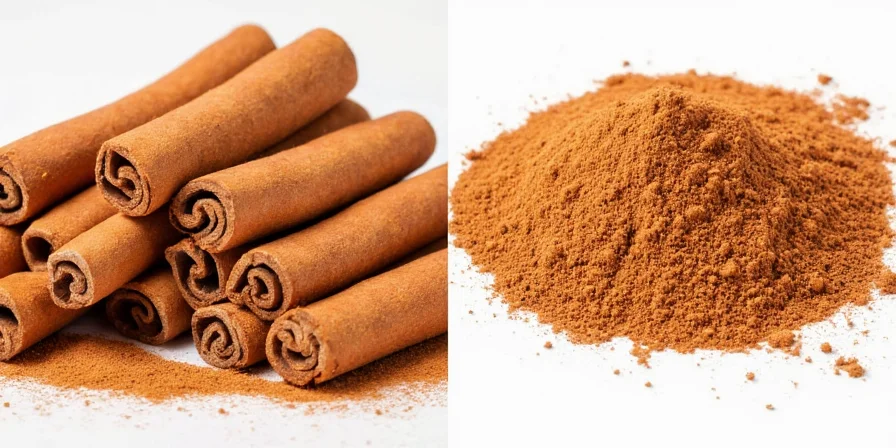
Best Uses:
- Ideal for occasional baking projects where strong spice flavor is desired
- Perfect for chai tea and spiced beverages
- Use in recipes with chocolate or coffee where boldness is welcome
Important Considerations:
- Contains high coumarin levels (60-120x Ceylon) - limit to 1 teaspoon weekly
- Thick, hard quills are difficult to break without special tools
- Flavor can become bitter if overused in delicate applications
Ceylon Cinnamon – The Healthiest Daily Option
Sourced from Sri Lanka, Ceylon cinnamon features delicate, paper-thin quills formed in multiple layers. This "true cinnamon" variety is preferred for daily consumption due to its safety profile.
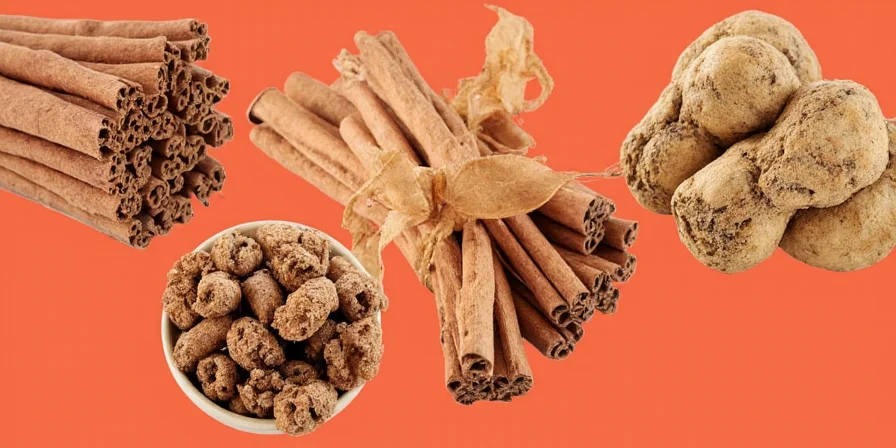
Why Choose Ceylon for Daily Use:
- Negligible coumarin content makes it safe for regular consumption
- Subtle citrus notes enhance rather than overpower delicate dishes
- Ideal for morning routines like oatmeal, smoothies, and coffee
- Preferrred by healthcare professionals for patients using cinnamon regularly
Purchasing Tips:
- Look for "Ceylon" or Cinnamomum verum on labels
- Verify thin, tightly rolled multi-layer quills (not solid sticks)
- Expect to pay 5-10x more than standard grocery store cinnamon
Indonesian Cinnamon – Commercial Kitchen Favorite
Also known as Korintje cinnamon, this Indonesian variety powers most commercial baked goods and packaged foods due to its consistent flavor and cost-effectiveness.
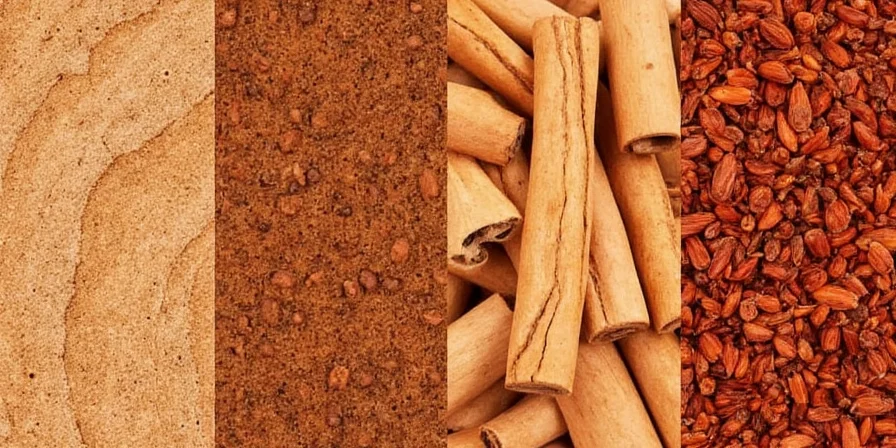
Commercial Advantages:
- Reliable sweet-woody flavor profile with clove undertones
- Higher oil content ensures consistent flavor in mass production
- More affordable than Saigon while offering stronger flavor than Ceylon
Home Kitchen Considerations:
- Contains high coumarin levels - not suitable for daily use
- Better value than Cassia for occasional baking projects
- Ideal for recipes requiring cinnamon flavor without citrus notes
Saigon Cinnamon – Maximum Flavor Impact
Vietnam's Saigon cinnamon delivers the most intense cinnamon experience with the highest essential oil concentration of all varieties.
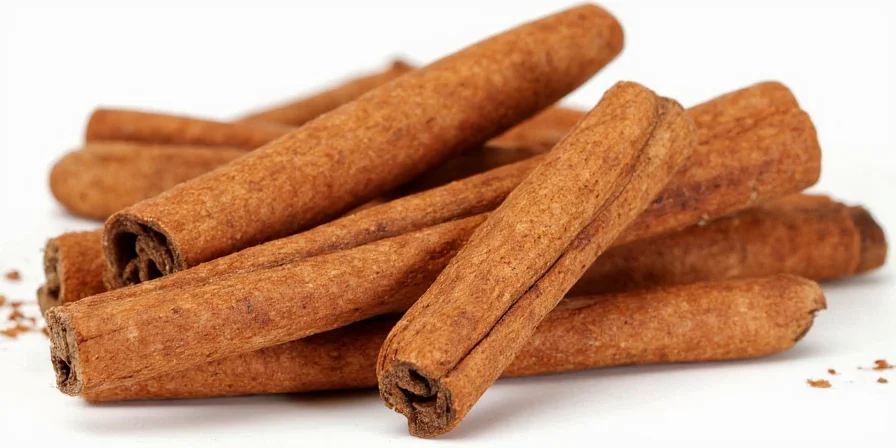
When to Use Saigon Cinnamon:
- Special occasion desserts requiring powerful spice presence
- Savory applications like Moroccan tagines or mole sauces
- Creating signature spice blends where cinnamon should dominate
Critical Usage Guidelines:
- Highest coumarin content of all varieties - limit to 1 teaspoon weekly
- Use 30-50% less than other types to avoid overpowering dishes
- Best paired with robust flavors like chocolate, nuts, or citrus zest
Quick-Reference Comparison Table
| Type | Origin | Flavor Profile | Coumarin Level | Price Comparison | Recommended Uses |
|---|---|---|---|---|---|
| Cassia | China | Strong, earthy, sweet-spicy | Very High | $ | Occasional baking, chai tea, chocolate recipes |
| Ceylon | Sri Lanka | Mild, citrusy, floral | Negligible | $$$ | Daily use, delicate desserts, health-focused diets |
| Indonesian | Indonesia | Sweet, woody, clove notes | Very High | $$ | Commercial snacks, coffee, consistent flavor needs |
| Saigon | Vietnam | Intense, hot, aromatic | Very High | $$ | Special occasion desserts, spice blends, savory depth |
Environmental Considerations by Type
Ceylon cinnamon production in Sri Lanka typically supports small-scale farmers using traditional harvesting methods that maintain forest biodiversity. The careful hand-processing preserves ecosystem balance. Conversely, high-demand varieties like Cassia and Indonesian cinnamon often drive deforestation in Southeast Asia as farmers clear land for industrial-scale cultivation. Choosing Fair Trade Ceylon supports both personal health and sustainable farming practices, while mass-produced Cassia varieties contribute to environmental degradation in producing regions.
Expert Usage Tips for Perfect Results
- Daily health recipes: Always substitute Ceylon for Cassia in morning routines to avoid coumarin buildup
- Flavor layering technique: Use Saigon for initial cooking, then finish with Ceylon for complex aroma
- Grinding secret: Whole sticks maintain potency 3x longer - grind just before use for maximum flavor
- Coumarin safety: Adults should limit high-coumarin types to 1 teaspoon weekly maximum
- Perfect pairings: Ceylon enhances fruits and dairy; Cassia complements chocolate and coffee
- Culinary pro tip: Toast whole sticks briefly before grinding to intensify flavor without bitterness
How to Buy and Store Each Type Properly
Maximize freshness, flavor, and safety with these professional storage techniques:
Buying Verification:
- Confirm Ceylon by checking for thin, multi-layered quills (not solid sticks)
- Smell test: Authentic Ceylon has delicate citrus notes, Cassia is harsher and more pungent
- Color check: Ceylon is light tan, Cassia is dark reddish-brown
Optimal Storage Methods:
- Store in airtight containers away from light and heat sources
- Whole sticks maintain potency for 3-4 years; ground loses efficacy after 12 months
- Refrigerate in humid climates to prevent moisture absorption
- Never store above stoves or ovens where temperature fluctuates
Which Cinnamon Should You Choose?
The right cinnamon depends on your specific needs: For daily health-conscious use, Ceylon is unmatched with its safety profile and delicate flavor. Reserve Cassia and Saigon for special baking projects where their intense flavors shine, but strictly limit consumption due to coumarin content. Indonesian cinnamon offers a middle ground for commercial applications but shares the high coumarin levels of other non-Ceylon varieties. By matching the cinnamon type to your specific recipe and consumption frequency, you maximize both flavor enjoyment and health safety. This nuanced approach transforms a simple spice decision into an opportunity for both culinary excellence and wellness awareness.
Frequently Asked Questions Answered
How do I know if my cinnamon is Ceylon or Cassia?
Check the quill structure: Ceylon forms thin, multi-layered scrolls like newspaper rolls, while Cassia is a single thick, hard tube. Ceylon is lighter in color (tan) and has a more delicate citrus aroma. Authentic Ceylon will always specify "Ceylon" or "Cinnamomum verum" on the label.
Is coumarin in cinnamon dangerous?
In excessive amounts, coumarin can cause liver issues. The European Food Safety Authority recommends no more than 0.1mg per kg of body weight daily. Cassia varieties contain 60-120x more coumarin than Ceylon, making regular consumption of Cassia unsafe. For daily use, Ceylon is the only safe option.
Can I use Ceylon cinnamon in all recipes that call for regular cinnamon?
Yes, but adjust quantities: Ceylon's more delicate flavor requires about 25% more by volume than Cassia for equivalent impact. Never substitute Cassia for Ceylon in recipes intended for daily consumption due to coumarin risks. For special occasion baking, you can use either type based on flavor preference.
Why is Ceylon cinnamon more expensive than other types?
Ceylon requires labor-intensive hand-harvesting of young bark shoots and yields only 10% of the material per tree compared to Cassia. Its limited Sri Lankan terroir, traditional farming methods, and Fair Trade certification costs all contribute to higher prices. The premium cost ensures ethical farming practices and sustainable production.

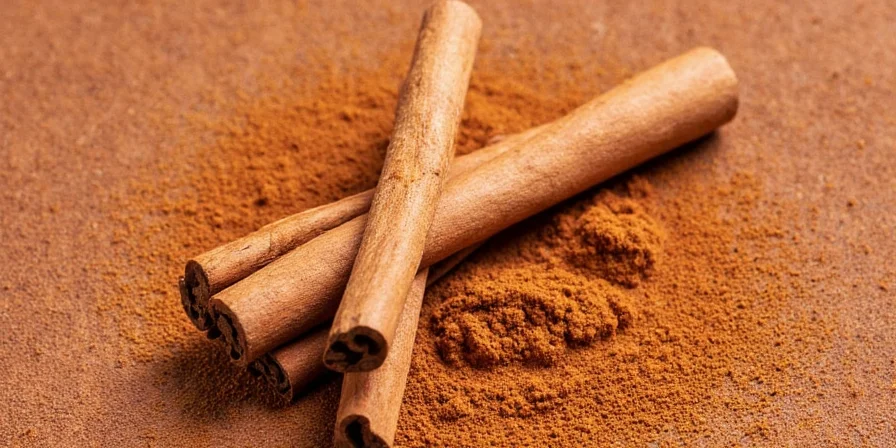









 浙公网安备
33010002000092号
浙公网安备
33010002000092号 浙B2-20120091-4
浙B2-20120091-4